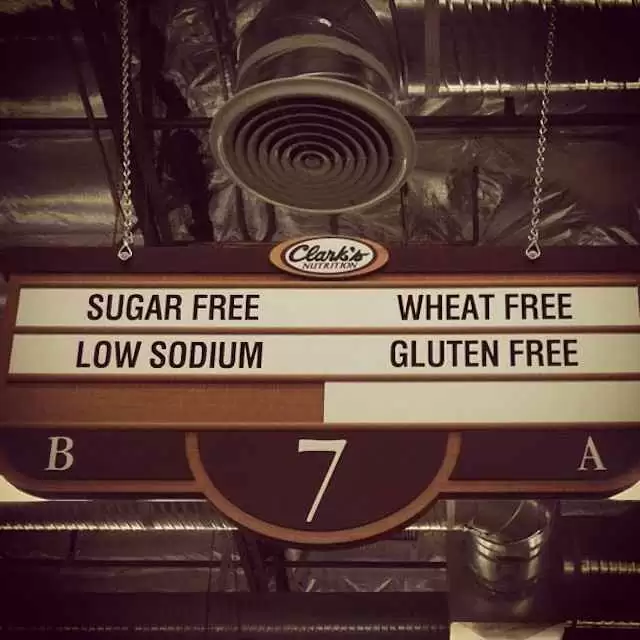
Celiac.com 07/31/2018 - Using funds from the Canadian Institutes of Health Research Canada Research Chairs Program, researcher Charlene Elliott, PhD, of the Department of Communication, Media, and Film, University of Calgary recently set out to assess the nutritional quality of gluten-free products specifically marketed for children.
For her assessment, Elliott bought child-targeted gluten-free food products from two major supermarket chains in Calgary, Alberta, Canada. Elliott used the Pan American Health Organization Nutrient Profile Model to compare the nutritional quality of products labeled gluten-free with those not so labeled. A secondary analysis compared the nutritional profile of child-targeted gluten-free products to their non-gluten-free “equivalents.”
Celiac.com Sponsor (A12):
Elliott’s analysis showed that child-targeted gluten-free products generally had lower amounts of sodium, total fat, and saturated fat, However, those same foods also had less protein and about the same amount of calories from sugar as child-targeted products without a gluten-free claim.
According to the Pan American Health Organization criteria, both gluten-free products and "regular" products designed for children can be classified as having poor nutritional quality (88% vs 97%). Compared to their non-gluten-free equivalents, products with a gluten-free claim had similarly high sugar levels, (79% vs 81%).
So, the big picture is that gluten-free supermarket foods targeted at children are generally less nutritious than their non-gluten-free counterparts, and both types have alarmingly high sugar content.
A gluten-free label is no guarantee of healthier, more nutritious food for kids, and it’s a mistake for parents to buy gluten-free products believing they are healthier than their non-gluten-free equals. The evidence shows that is simply not true.
The takeaway here seems to be that, gluten-free or not, supermarket foods aimed at children are generally poor in nutrition and loaded with sugar, and parents should choose wisely when buying food for their children.
Source:









Recommended Comments
There are no comments to display.
Create an account or sign in to comment
You need to be a member in order to leave a comment
Create an account
Sign up for a new account in our community. It's easy!
Register a new accountSign in
Already have an account? Sign in here.
Sign In Now